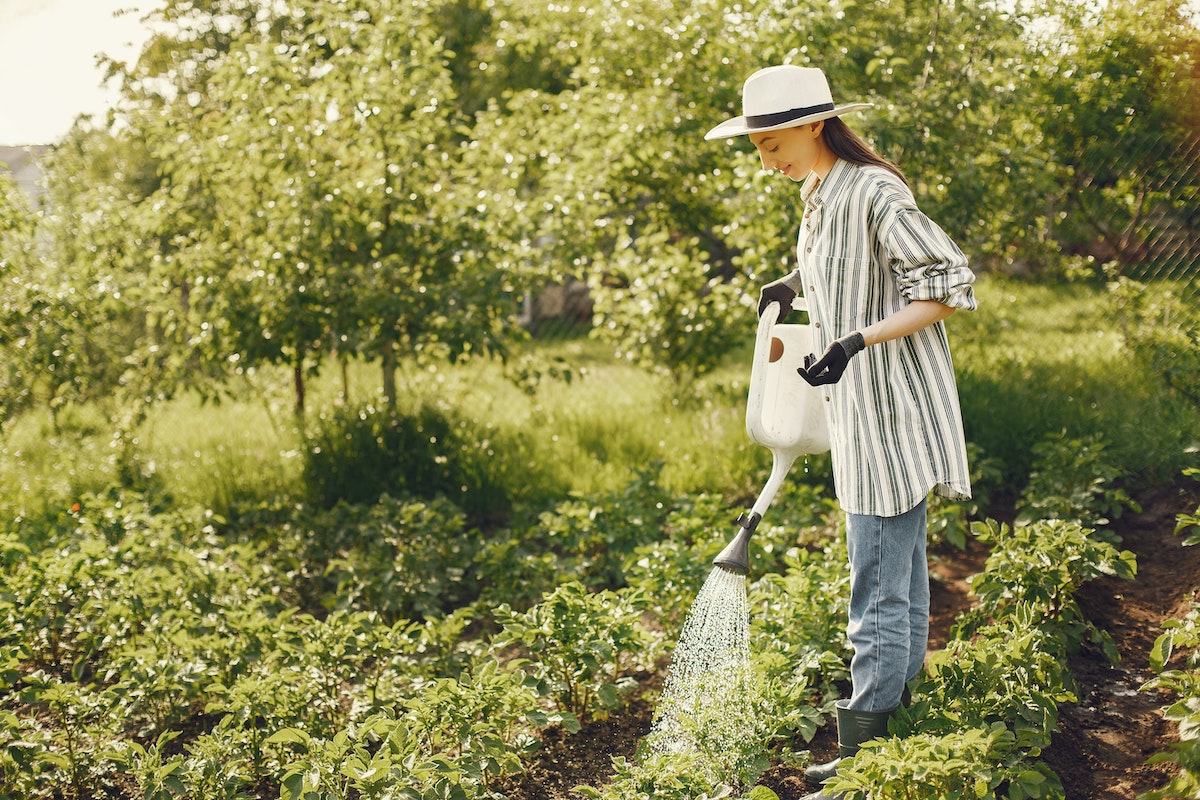Budgeting for Your Backyard Garden

A backyard garden can be an enjoyable, enriching way to become more self-sufficient. Growing your own vegetables and fruits allows you to get fresh air and exercise, reduce your grocery bill and gain access to uncommon varieties of your favorite produce items. Many homegrown fruits and vegetables even have higher nutrient levels than commercial produce. However, some of the materials for setting up a successful home garden can be costly. And while it’s certainly possible to save money and decrease your carbon footprint by growing your own food, you need to budget properly to make sure you’re not spending more than you save. Here are some ways to make sure your home garden doesn’t end up adding to your food bill.
DIY Your Setup
To set up your garden space, you’ll likely need edging for raised beds, or multiple containers for smaller areas, plus fertilizer and a watering system. Thankfully, you can make many of them yourself. Old logs and large sticks make great edging for beds, and so do old 2x4s, scrap metal or even plant pots. But avoid pressure-treated lumber that’s chemically treated. As for fertilizer, a home compost heap will create a great additive to your soil while cutting down on household waste. It’s also an excellent way to recycle plant scraps from your garden after harvesting. To lower your water bill, try collecting rainwater and using a watering can so you don’t have to turn on the hose.
Customize Your Garden
Homegrown vegetables are often tastier than those you get at the grocery store. Sometimes, this means that people who dislike a certain fruit or vegetable may find they actually enjoy it fresh. However, it doesn’t necessarily mean that a fussy toddler who hates broccoli will suddenly become a fan when it’s plucked from the garden. It’s important to think about what you and your family will actually eat, and be sure to provide some variety.
Know Your Seasons
Plan ahead so that you’re able to take advantage of multiple growing seasons. While a big fall harvest can be helpful throughout the year if you store it properly, the best way to reduce your grocery bill is to keep your garden going as close to year-round as possible in your planting zone. Many vegetables, such as broccoli, grow well over the cooler months, while some squashes and fruits ripen over the summer. Just be sure to replenish your soil with compost after each season.
Think About Storage
If you have a large space or many plants that mature around the same time, you’ll need a way to store your surplus. Canning, pickling, freezing and drying are all great ways to help you manage extra produce. If you successfully store your produce and carefully follow food safety guidelines, you can enjoy homegrown food throughout the year at a fraction of the cost of buying it at the grocery store.
Self-sustain Whenever Possible
Once your garden is established, you can often keep it going at a minimal cost. Let some of your favorite plants bolt at the end of each season to avoid having to buy seeds. Also, try planting cover crops, like peanuts, during off-seasons to replenish the soil without costly additives.
It’s OK to Start Small
Whether you have a single basil plant or a whole backyard full of veggies, the most important part of a home garden is that you find it enriching. While saving money on your grocery bill can be an important incentive, it’s important to enjoy both the work of gardening as well as the foods themselves.


